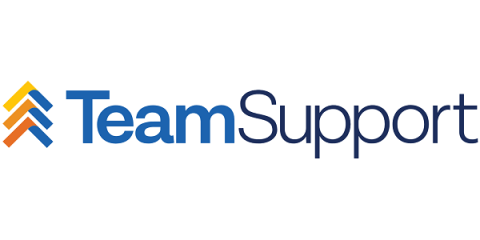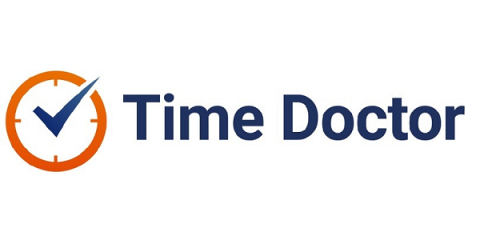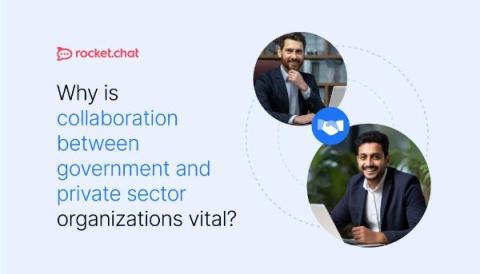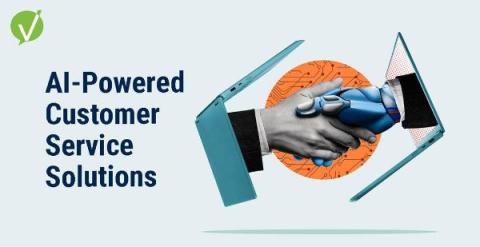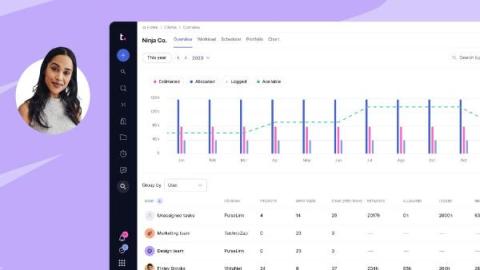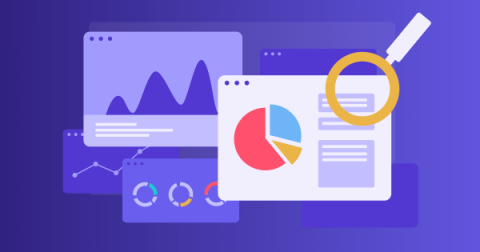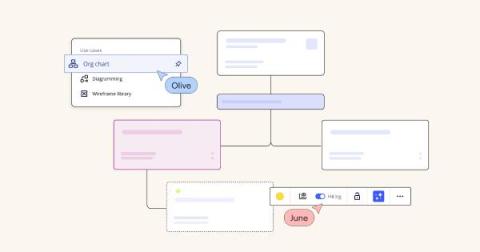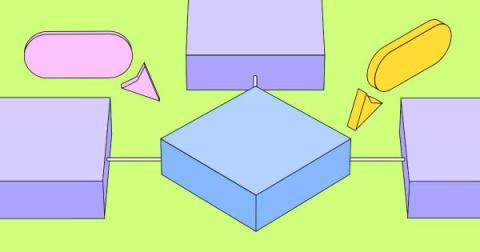TeamSupport Launches AI Assist, a Powerful Suite of Tools for Customer Support
TeamSupport is thrilled to announce its latest suite of AI-powered tools, built to increase agent efficiency and help your team take customer support to the next level. TeamSupport’s AI Assist incorporates the latest conversational AI technology, acting as a seasoned copilot to help agents close tickets faster, bringing faster, more satisfying resolutions to customers with less tedious manual work for agents.


